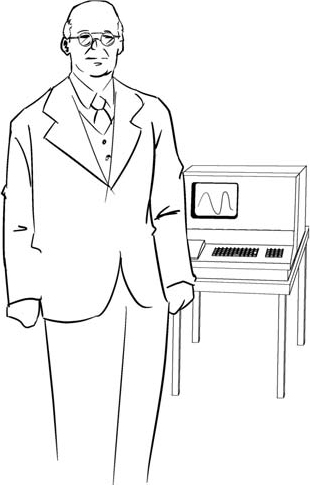Quants on the Job
When quants like me got into this game, we naturally did one more thing. We kept very careful records of everyone's bets. We figured out whether people were betting the right size. It turned out that even the best traders were bad at that. They bet more when they were wrong than when they were right. On one hand, they almost always underbet compared to the Kelly amount. You could show conclusively that the desk would be more profitable with larger average bets. On the other hand, even the most prudent traders would occasionally make large bets that were mathematically silly, that could not be justified under any reasonable theory.

My son Jacob did a study of customers at the world's largest online financial betting site, which is described in Dylan Evans's forthcoming book Risk Intelligence. About 90 percent of the bettors were betting randomly and losing on average due to the site's built-in edge. But 10 percent had demonstrable ability to predict price movements well enough to have a positive edge. These are very short-term bets, like will the Dow Jones Industrial Average go up or down over the next five minutes? Virtually all of the above-random bettors would have done better to make the same size bet all the time. When they bet more money than their average, they lost more often than average. When they bet less, they won more often. Some even turned winning ...
Get Red-Blooded Risk: The Secret History of Wall Street now with the O’Reilly learning platform.
O’Reilly members experience books, live events, courses curated by job role, and more from O’Reilly and nearly 200 top publishers.

